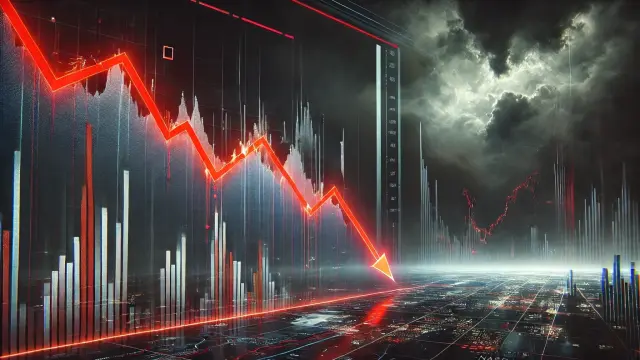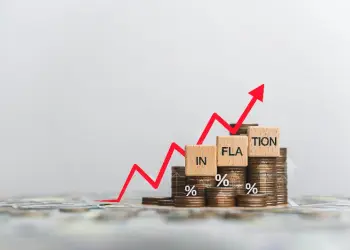Ransomware in 2025: Threats, Trends & Protections
Ransomware attacks are more advanced and destructive than ever in 2025. Discover current trends, real-world examples, and best defense strategies.
Ransomware Rising
Ransomware in 2025 continues to pose a growing threat to businesses, governments, and individuals. Cybercriminals are becoming more sophisticated, leveraging automation, zero-day exploits, and double extortion tactics. Here’s a comprehensive look at the state of ransomware today:
Evolving Techniques
-
Double Extortion: Attackers not only encrypt files but also steal sensitive data, threatening to release it unless the ransom is paid.
-
Ransomware-as-a-Service (RaaS): Cybercriminal groups now offer turnkey ransomware kits to affiliates, making attacks easier to launch.
-
Zero-Day Exploits: Sophisticated hackers exploit previously unknown vulnerabilities, making detection difficult.
Notable Attacks of 2025
-
Healthcare Sector: Multiple hospital networks across North America were targeted, leading to temporary shutdowns and delayed treatments.
-
Government Entities: A major city council’s systems were locked down for 10 days, costing millions in ransom and recovery.
-
Education Sector: Universities saw a spike in attacks due to outdated infrastructure and remote learning platforms.
Economic Impact
-
Average Ransom Demand: Increased to over $5 million per incident.
-
Recovery Costs: Surpass ransom payments and now average $8.2 million per organization.
-
Downtime: Victims experience an average of 21 days of disruption.
Key Trends
-
AI-Powered Malware: Ransomware is increasingly using AI to bypass traditional security defenses.
-
Cross-Platform Threats: Attackers now target not just Windows systems, but also Linux, Mac, and mobile devices.
-
Cloud Attacks: Cloud infrastructure is a growing target as companies migrate their data.
Top Prevention Strategies
-
Regular Backups: Store offline backups and test recovery plans frequently.
-
Endpoint Protection: Use advanced threat detection tools with behavioral analysis.
-
Zero Trust Architecture: Limit access to sensitive data and use strong authentication.
-
Employee Training: Educate users to recognize phishing and suspicious links.
-
Patch Management: Regularly update software and firmware to fix vulnerabilities.
Regulatory Landscape
-
Mandatory Reporting: New laws in the EU and U.S. require ransomware incidents to be reported within 72 hours.
-
Insurance Shift: Cyber insurance companies now demand robust security practices and may not cover ransom payments.
Future Outlook
-
Quantum Threats: The rise of quantum computing may lead to new types of ransomware or render current encryption obsolete.
-
Legislation: Governments are considering banning ransom payments to deter attacks.
-
International Cooperation: Cross-border initiatives are forming to track and dismantle ransomware networks.






























